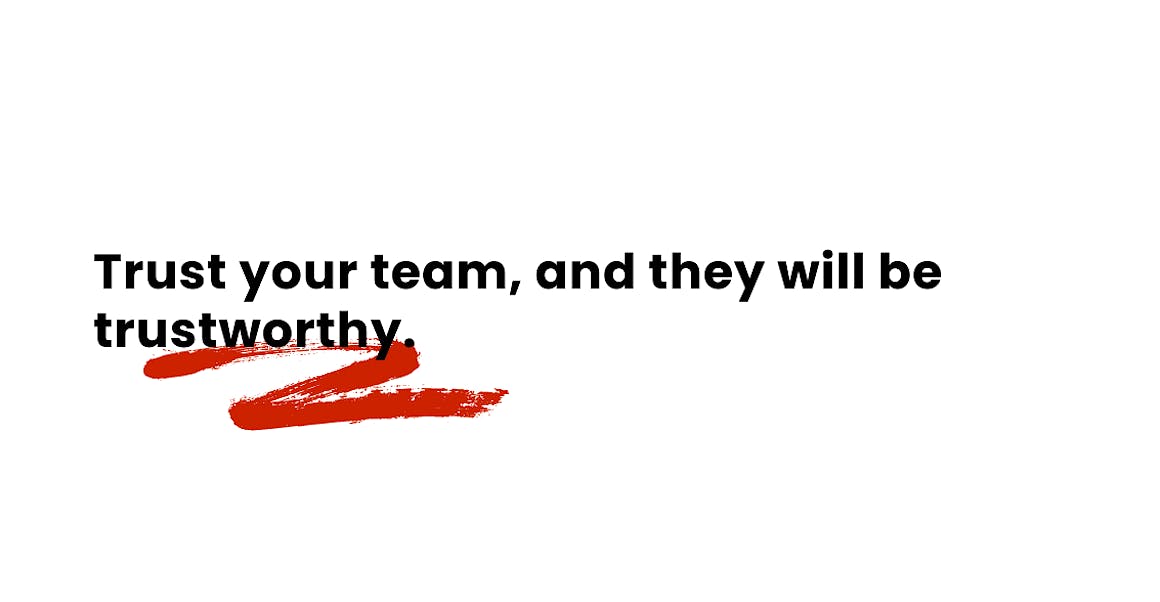Self-Management Failed, Now What?

Self-management models are often seen as solutions to rigid, traditional corporate structures, promising greater innovation and employee empowerment. However, their implementation is not as easy as flipping a switch. They can fail disastrously if not aligned with their foundational principles, and it takes time to learn how to effectively manage inherent polarities.
Inspired by the Goldilocks principle, finding the "just right" balance is critical for success. Let’s explore why these initiatives might not deliver on their promises, starting with the wrong reasons for adopting self-management in the first place.
Masking control with ‘Being Hip’
When senior management introduces self-management merely to appear hip and progressive, without a genuine commitment to decentralizing power, the initiative is probably doomed from the start. Employees can quickly sense the gap between promised autonomy and actual power dynamics, leading to cynicism and a loss of trust. This may result in even more disengaged employees, while senior management blames the new system, not their own flawed intentions.
A quick fix for deep-rooted problems
Implementing self-management as a solution to existing management problems like poor communication, insufficient teamwork, or sabotage behavior is misguided. Fixing these problems requires a broader cultural change, not just a new organizational chart. Without a real commitment to addressing these underlying issues, any self-management model can worsen your problems rather than solve them.
Avoiding accountability for tough decisions
Senior management might adopt self-management hoping to avoid personal accountability for tough decisions. However, self-management needs the active involvement of the entire team, particularly former managers. Using self-management to step back from leadership duties without providing direction and support undermines the system's potential and results in failure.
Moreover, removing management layers can strip an organization of essential management skills such as conflict resolution, decision-making, strategic planning, and mentorship—all vital for a successful business. Don’t get me wrong, I am a big advocate of most self-management models: working life is much better without traditional managers, but that doesn’t mean you can live without management.
Loss of experienced leaders
Experienced managers play a critical role in guiding teams, resolving conflicts, driving strategy, and nurturing talent. Abruptly eliminating these roles can result in a significant loss of institutional knowledge and direction, leaving employees struggling to take on greater responsibilities with less supervision. Without proper training and preparation, employees may feel overwhelmed and unable to perform effectively in the new organizational context.
Culture shock and adaptation challenges
Introducing a self-management model in an organization with a long history of traditional management hierarchy can result in culture shock. Employees may struggle to break free from patterns of 'learned helplessness,' a state in which they have become accustomed to a lack of initiative, often awaiting managerial decisions.
While comfortable, these patterns are counterproductive in a system that emphasizes greater autonomy and ownership. Here, management skills like providing feedback, motivating staff, and coaching teams remain crucial for supporting a successful transition to a proactive, empowered workforce.
Goldilocks to the rescue
Named after the children's story "Goldilocks and the Three Bears," the Goldilocks principle illustrates the importance of finding conditions that are "just right."
In the context of self-management, it underscores the sensitivity of an organizational system to optimal conditions that ensure its sustainability. Dynamic systems thrive on the interaction among various components, where self-organization can occur within a specified range. This allows structures to emerge from chaos, enabling better system control. At the edge of chaos, there is sufficient freedom for adaptation, but not so much that it spirals into disorder. It's crucial to recognize that the ideal conditions for initiating such a system may differ from those required in later phases.
Goldilocks reminds us that achieving the right balance between control and freedom is not just necessary but essential for fostering a healthy, adaptable, and effective self-managing organization.

Start with status quo
In models like Holacracy, where the managerial role is split into several smaller roles, it's not uncommon for former managers to initially take on most of these roles. While counterintuitive, starting from the existing status quo can facilitate a smoother transition. Over time, team members who are better suited to these segmented roles are identified, and their skills are developed within the new framework.
At the same time, former managers often explore and shift into roles that align better with their interests and capabilities, which are often much different than their previous positions in a rigid management hierarchy, where the only way to develop was ‘up the corporate ladder.’
The importance of autonomy
You might think: ‘If implementing self-management is so challenging, why attempt it?’
Research repeatedly shows the importance of autonomy, highlighting its positive correlation with team performance, customer orientation, and employee engagement. Conversely, a lack of autonomy is linked with increased stress, absenteeism, and higher turnover intentions. However, as the gap between experienced and desired autonomy widens, feelings of stress and work pressure also increase. It is therefore crucial to prevent mismatches where employees either crave more autonomy than they receive or desire less than is imposed.
The degree of autonomy desired by teams can differ. When it comes to customer service or business development, most teams express a strong need for more autonomy to perform effectively. However, granting more autonomy in HR processes within self-managing teams is often perceived as a burden.
Aligning with the Goldilocks principle, the key to success lies in finding the optimal balance between control and freedom. This balance heavily relies on trusting the professionalism of your colleagues and teams, who understand that trust and responsibility are two sides of the same coin. Taking their suggestions seriously is crucial, as they are often spot on. They will help you manage polarities, instead of reinforcing them.
Trust your team, and they will be trustworthy.


